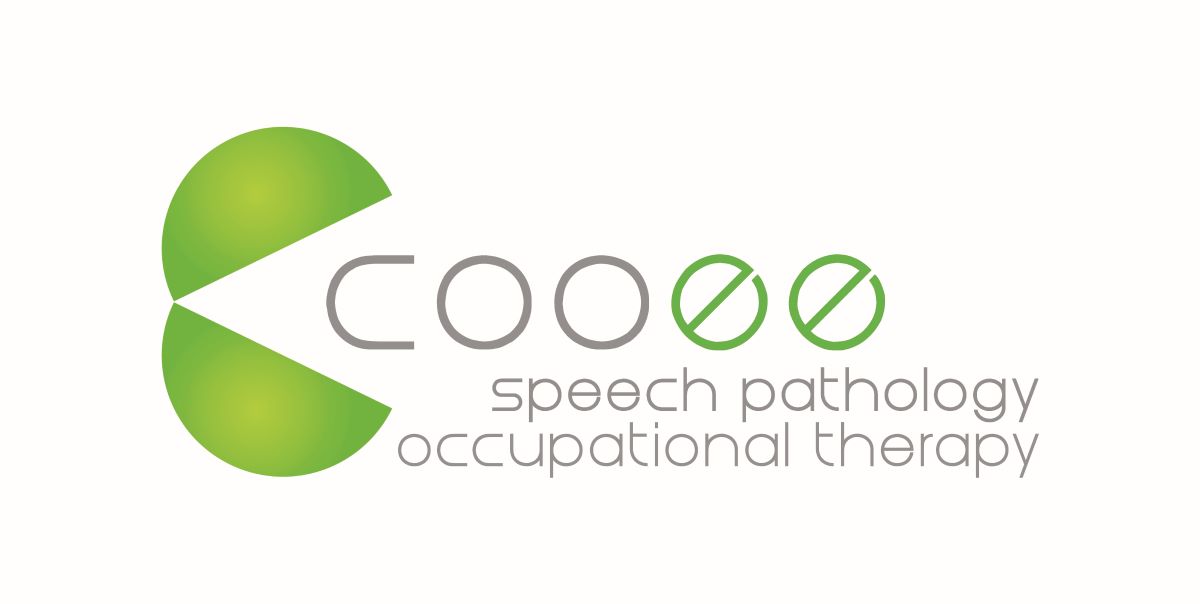How should my child be holding their pencil?
How should my child be holding their pencil? How can Occupational Therapy help?
What does a good pencil grip look like?
Why does my child dislike to draw or write?
How do I help my child hold a pencil correctly?
A pencil grip is a common concern for many parents and teachers of children who are learning to write. Children at school are expected to be able to express what they have learnt in written form. What is often not valued is the intricate and precise movements that the muscles in our forearm, wrist and fingers need to perform with each pencil stroke.
An ‘ideal’ or ‘correct’ pencil grasp presents as some variation of a pincer grasp. This grasp includes the index finger, middle finger and our thumb to support and manipulate the writing tool. However, there are other variations of this grasp that are still suitable for functional handwriting.
A functional grasp enables us to perform writing movements from our fingers.
This increases control and fluidity of writing and reduces fatigue and pain that can be associated with strenuous and excessive writing. Grasps that block or inhibit our fingers moving cause extra force from the wrist and forearm are not functional and immature.
Read on below to see how children hold their pencils at different ages!
How does grasp impact writing?
Think about it as if you’re holding a pencil and writing.
If you hold the pencil naturally, most of us hold the pencil towards the base, we use our fingers to move the writing tool freely, and we can naturally support the pencil without extra input from the elbow or shoulder. Now try and hold the pencil with your fingers blocking the movement of the pencil (for example like you’re holding a dagger) naturally you can feel your wrist, elbow and shoulder try to help move the pencil, your pencil movements are slower and it requires more effort!
Children who have difficulty establishing a functional pencil grip can have reduced strength, control and movement through their intrinsic finger muscles. This leads to the larger muscles of the upper limb trying to take over the movement of writing.
Functionally, this can result in children experiencing more pain and fatigue when writing, their written output is slower than their peers and they probably express that they don’t want to write, or that writing is hard– for them it is!
With all of this in mind, as children progress and experiment with drawing and writing they follow some form of ‘developmental trajectory’ to achieve a functional grasp.
-
1-2 years old:
Fisted grasp or palmar supinate grasp. At this age children hold their writing tool like a dagger and use large arm movements to scribble. The movement from this grasp comes from the shoulder and they use their whole arm to draw.

-
2-3 years old:
Digital pronate grasp: All of the fingers are holding the pencil but the thumb is at the bottom. The shoulder is elevated so most of the movements come from the elbow.

-
3-4 years old:
Inverted 4 fingers grasp or ‘splayed’ grasp: The four fingers are splayed on the writing tool. The thumb supports the side of the pencil which is beginning to open the webbed space between the thumb and the index finger. Movements are primarily initiated from the wrist and forearm.

-
4-6 years old:
Static tripod grasp: This is a three finger grasp, the child’s fingers move as one and writing patterns can be slow and effortful. The intrinsic muscles in the hand are moving and becoming more controlled. Sometimes a fourth finger is involved, this is known as a quadrapod.
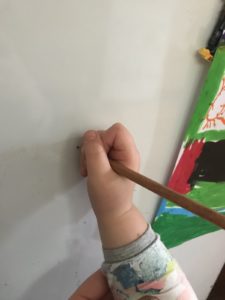
-
6-7 years old:
Dynamic tripod grasp: As the fingers begin to move independently, the webbed space between our thumb and index finger opens and the rest of our arm is stabilized, we can now move our pencil more fluidly and controlled.

Pencil grips can assist with development of grasp, ask your Occupational Therapist which might be appropriate for you. Some examples are:
Crossover Grips
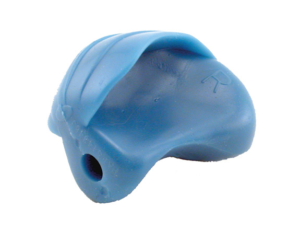
Claw Grip
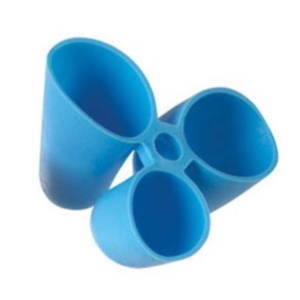
Stetro Grip
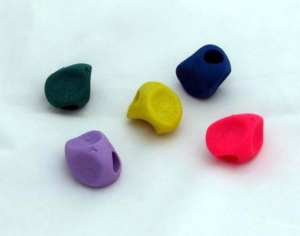
If your child is having difficulty with holding a pencil and using correct grasp, they may have reduced muscle and fine motor control in their hand and fingers.
An Occupational Therapist can help you identify any fine motor concerns and provide strategies and intervention to help strengthen these muscles and improve their pencil grasp. If you have any questions please feel free to contact Cooee Speech Pathology on 3265 4495 or book a handwriting assessment online!
Bre Surawski- Occupational Therapist.
